Sun just blasted a monstrous solar flare at Earth! NASA reveals image
NASA has informed that the Sun emitted a strong solar flare on January 5. An image has also been captured of the event.
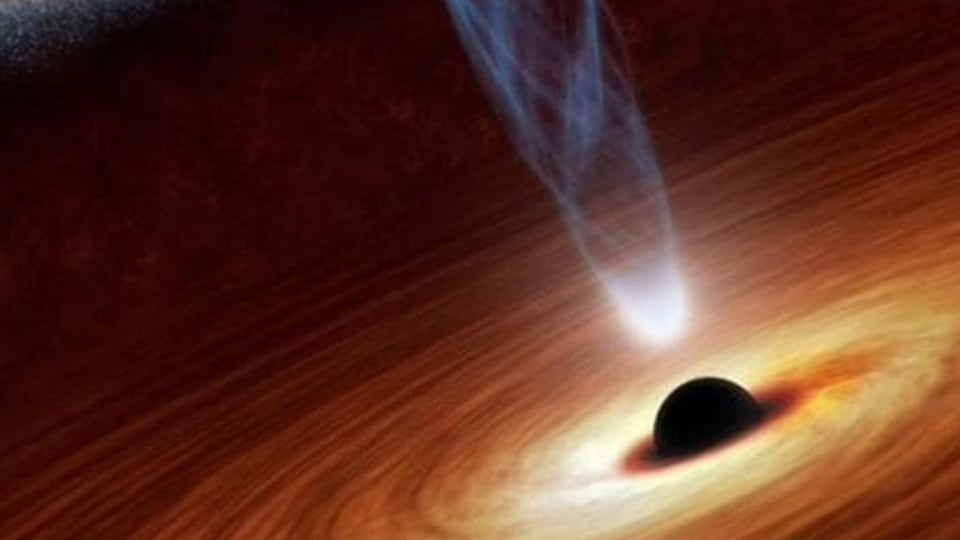

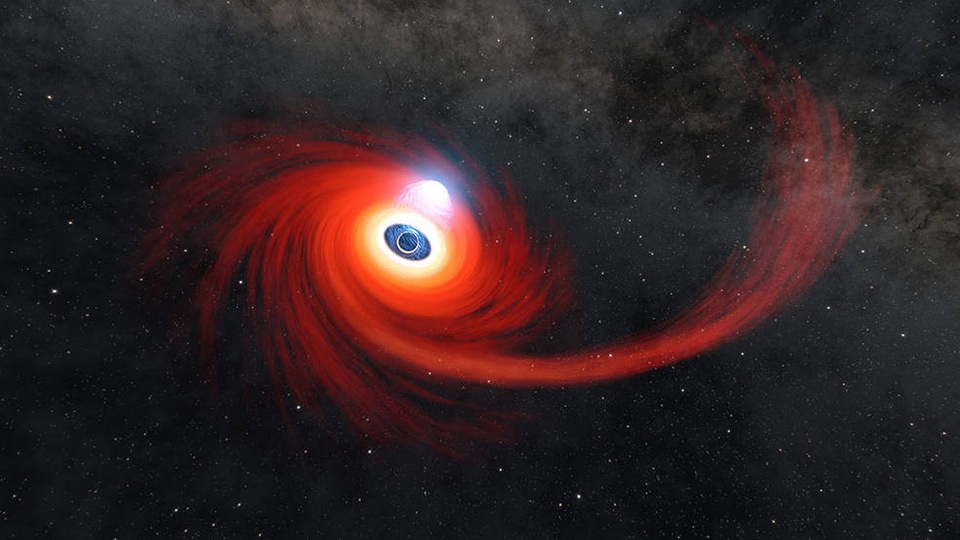
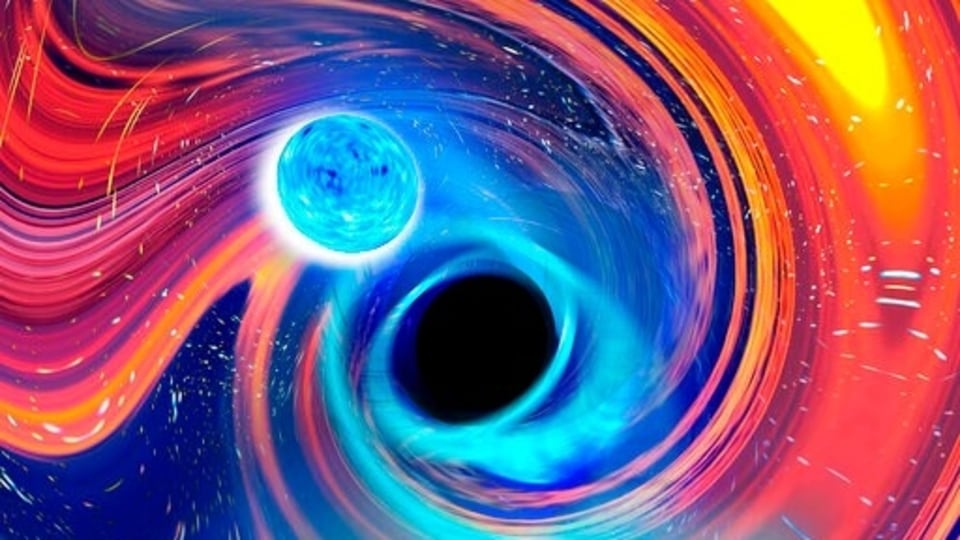
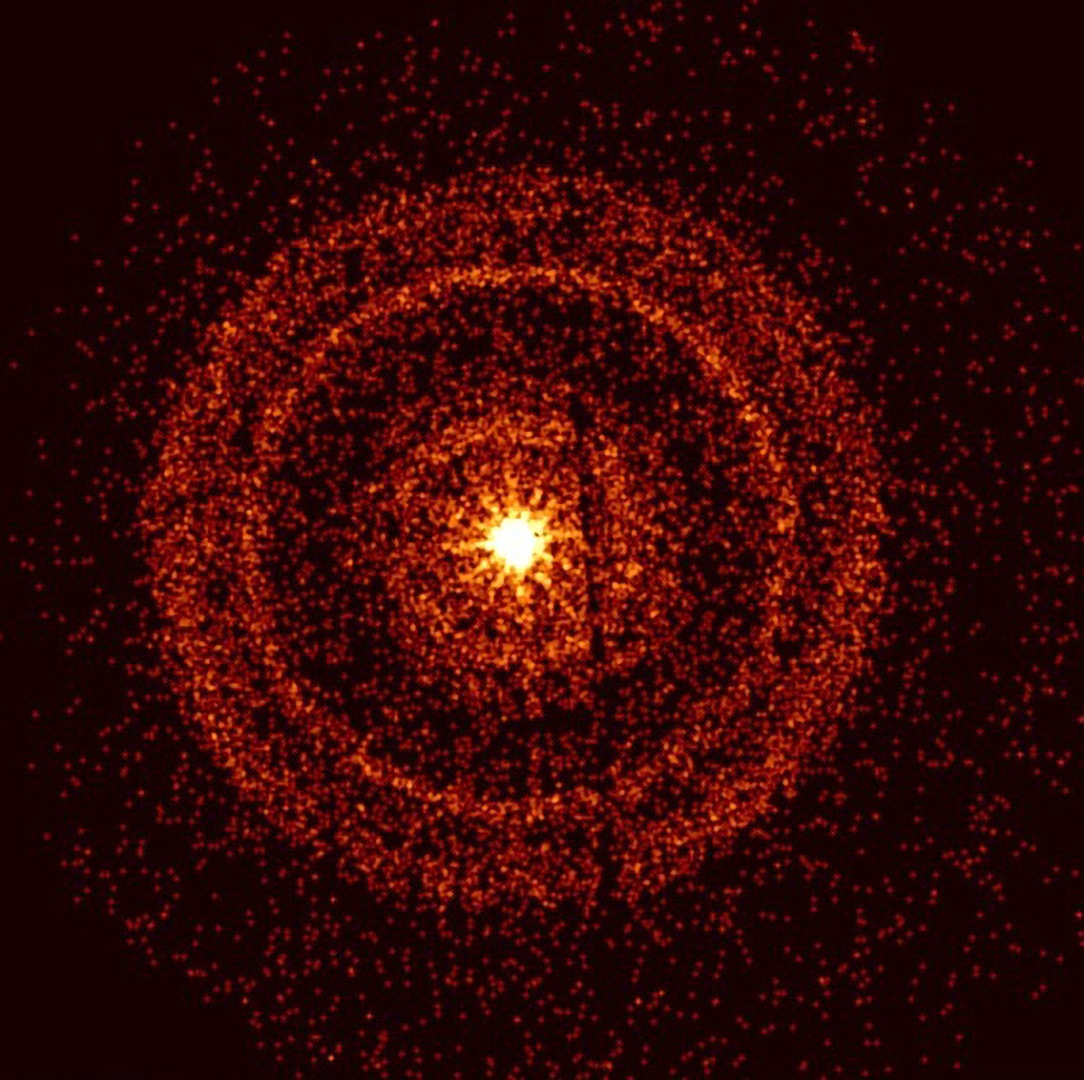
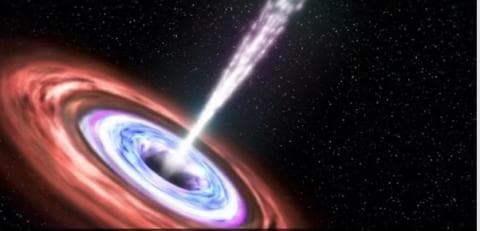
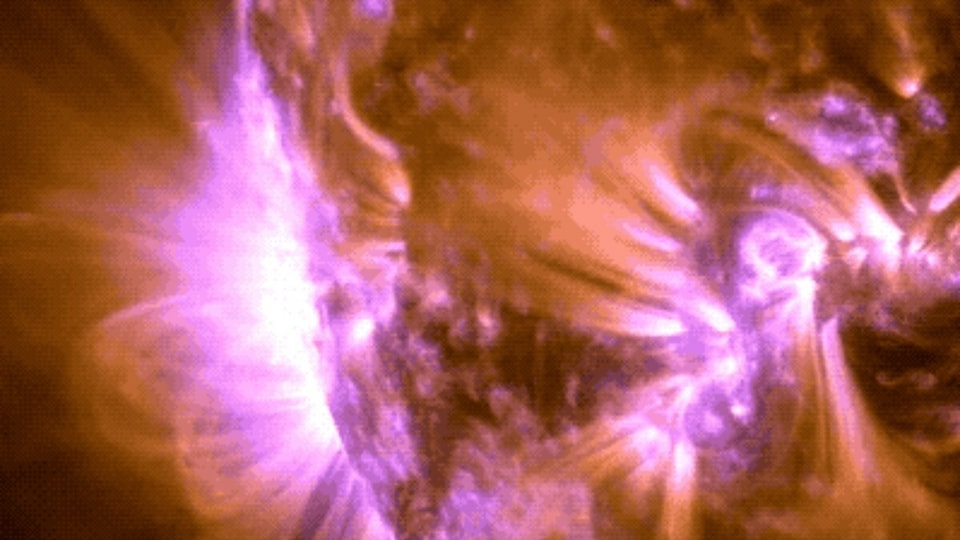
 View all Images
View all ImagesSun is the largest object in our solar system. It is a hot glowing ball of hydrogen and helium at the center of the solar system. It is a source of energy without which life could not exist on Earth. There are several solar activities also associated with the huge fire ball. The solar activities include solar flares, coronal mass ejection, high-speed solar wind, and solar energetic particles. Recently, NASA has informed that the Sun emitted a strong solar flare, peaking at 7:57 p.m. EDT on January 5, 2023. NASA's Solar Dynamics Observatory, which watches the Sun constantly, even captured an image of the event.
This flare is classified as an X1.2 flare. X-class are the most intense flares. Notably, solar flares are powerful bursts of energy. Are they dangerous for planet Earth? Solar flares and solar eruptions, if powerful enough, can impact radio communications, electric power grids, navigation signals, and pose risks to spacecraft, astronauts and yes, they can affect the internet and mobile phone communications.
However, it needs to be noted that the solar flares impact Earth only when they occur on the side of the sun facing Earth. Because flares are made of photons, they travel out directly from the flare site, so if we can see the flare, we can be impacted by it.
According to NASA, a solar flare is an intense burst of radiation coming from the release of magnetic energy associated with sunspots. Flares are our solar system's largest explosive events. They are seen as bright areas on the Sun and they can last from minutes to hours.
"We typically see a solar flare by the photons (or light) it releases, at most every wavelength of the spectrum. The primary ways we monitor flares are in x-rays and optical light. Flares are also sites where particles (electrons, protons, and heavier particles) are accelerated," the research organisation said.
Catch all the Latest Tech News, Mobile News, Laptop News, Gaming news, Wearables News , How To News, also keep up with us on Whatsapp channel,Twitter, Facebook, Google News, and Instagram. For our latest videos, subscribe to our YouTube channel.
































